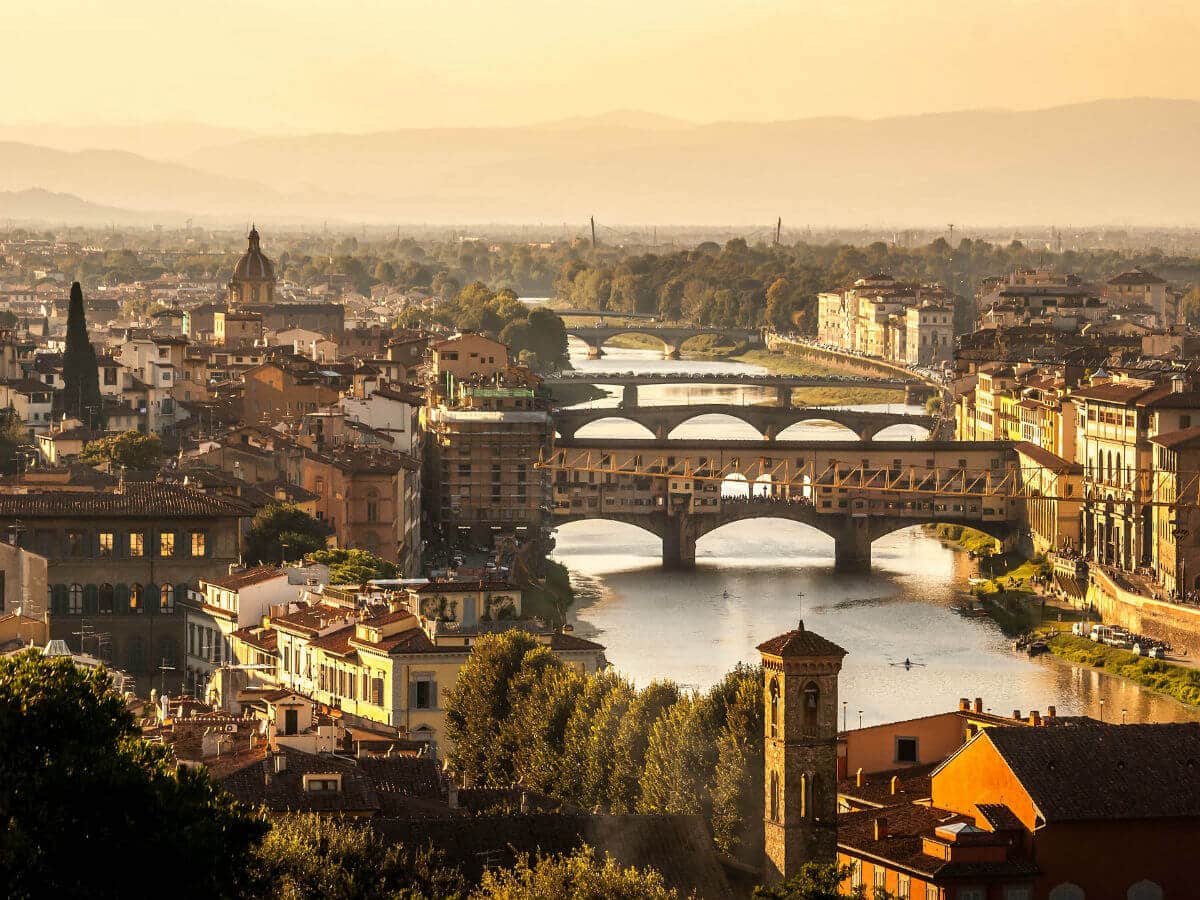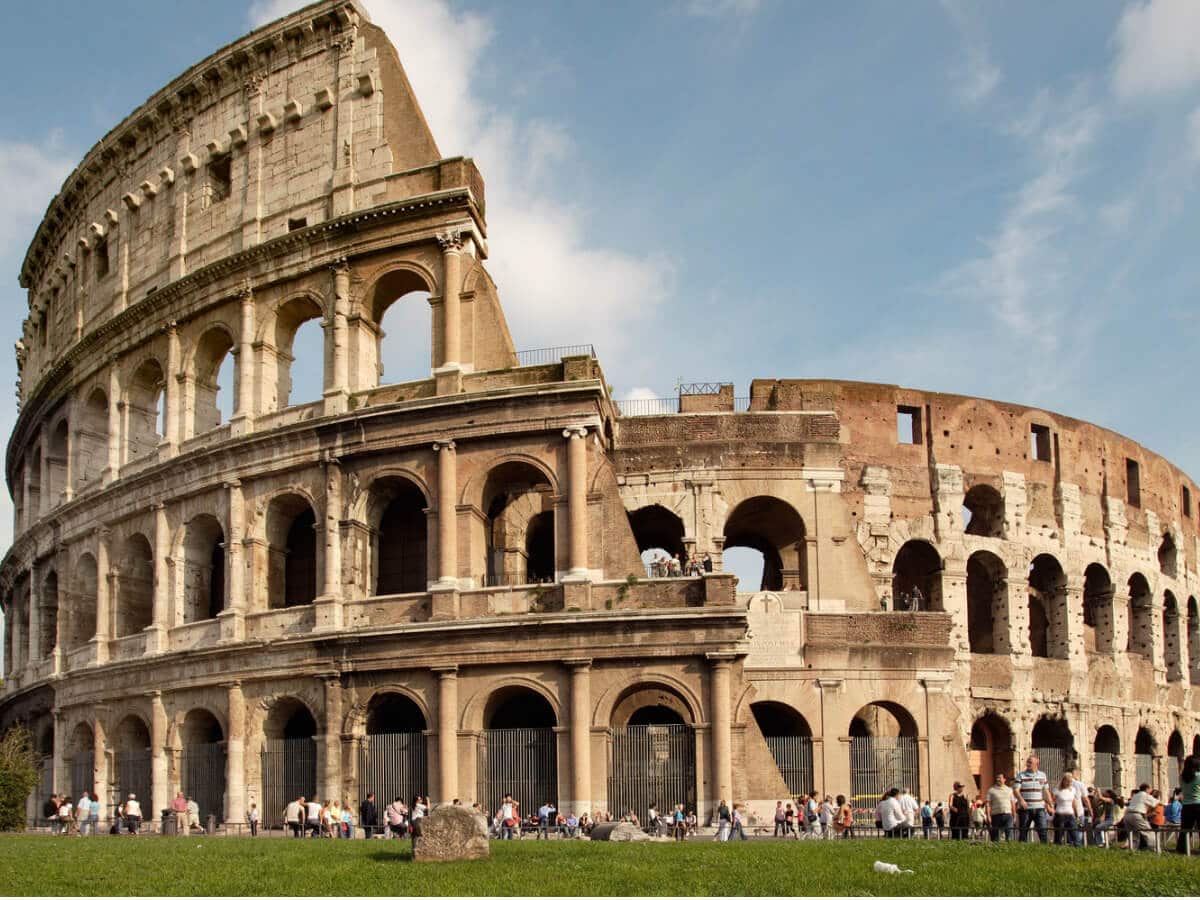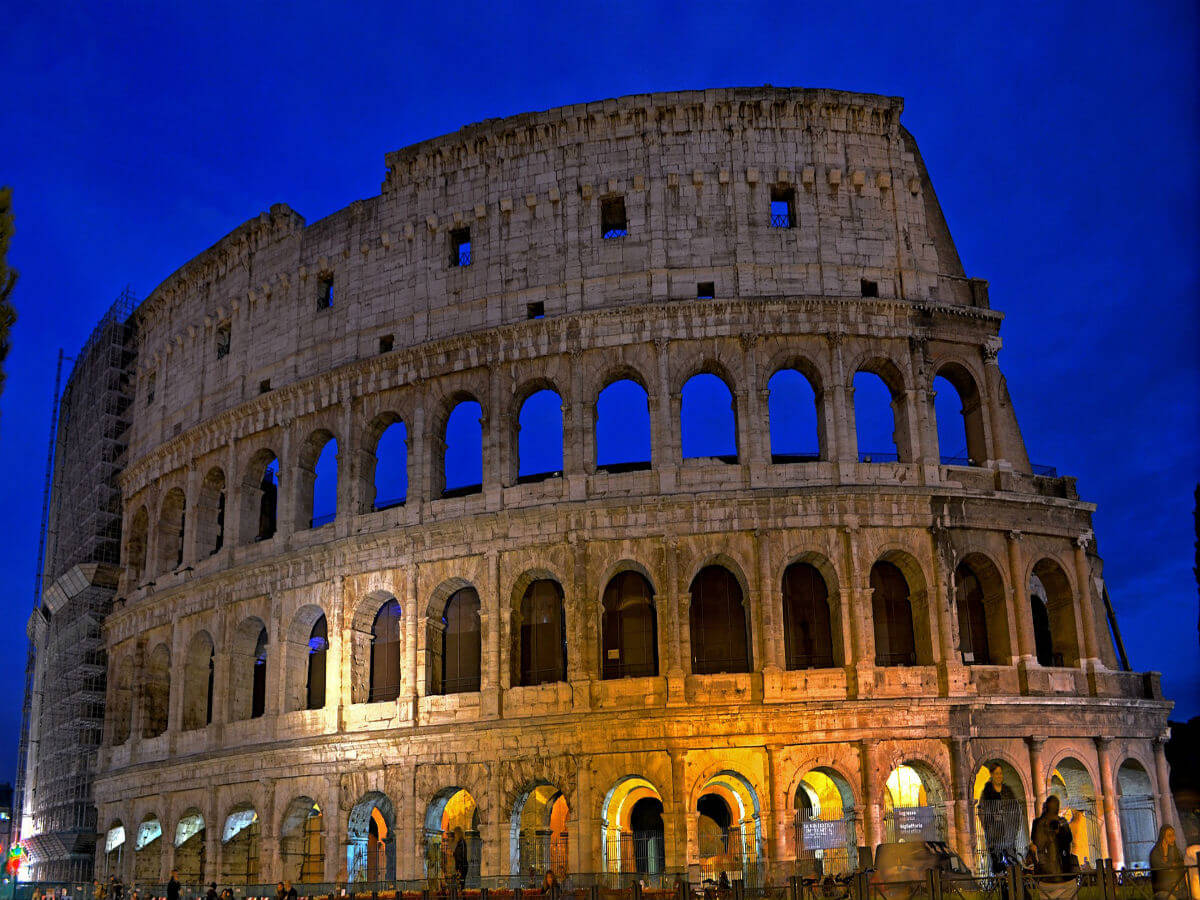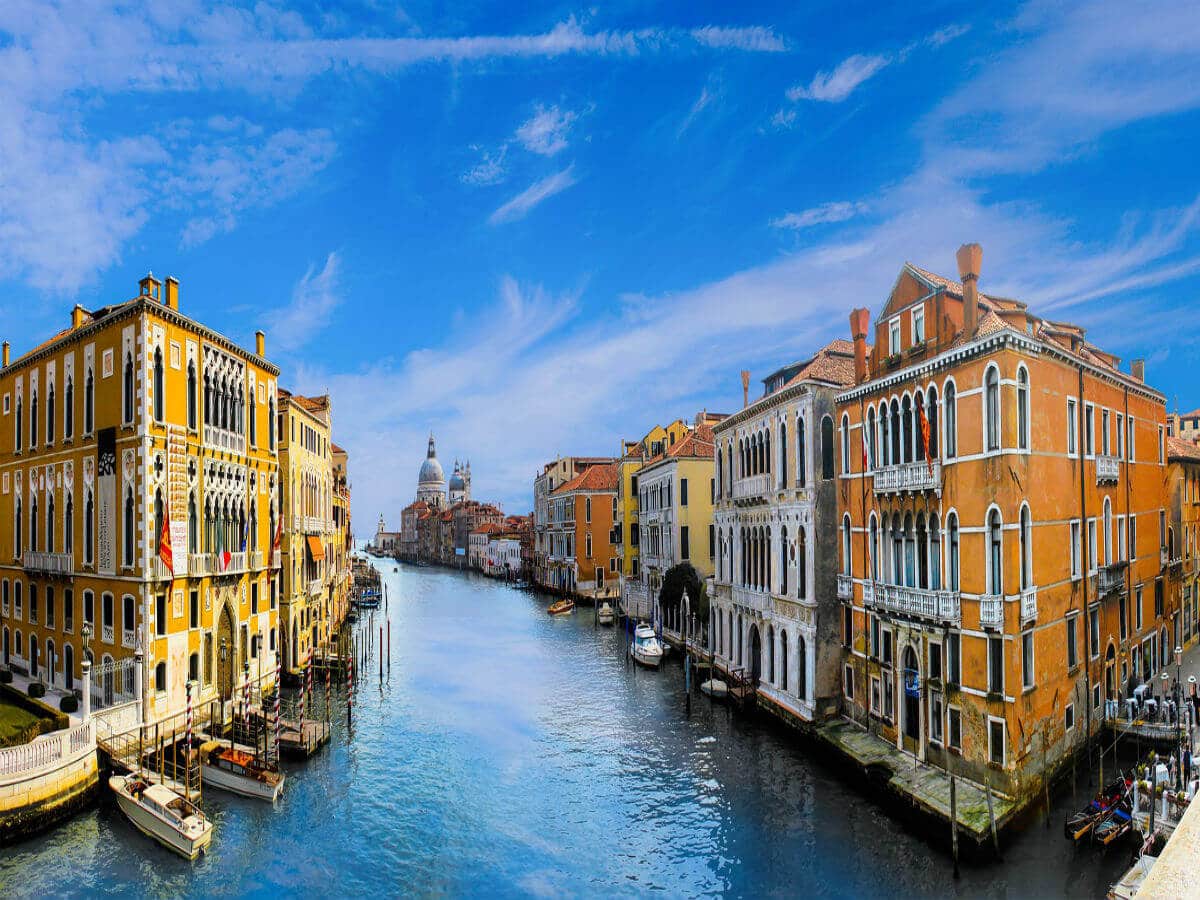Tour Packages
Italy Tour Packages
SUPER DEAL PRICE
STARTS FROM
per person on twin sharing
ATMs are widely available, especially in urban areas.
Credit cards widely accepted but cash needed in villages.
Finding a bank in Italy is generally easy.
The legal drinking age in Italy is 18.
Italians are known for warm hospitality and kindness.
Italy - Visitors Statistics

Annually
5,73,00,000
Male51%
Female49%
By Purpose
Couples
For Newlywed Vacations
Family
For Family Vacations
Top Visitors from India
Mumbai
Delhi
Bengaluru
Chennai
Kolkata
Hyderabad
Pune
Ahmedabad
Jaipur
Lucknow
Everything You Need to Know About Italy
Italy has personality! The landscape is as dramatic and authentic as its people. Its history is equally tumultuous, from the Romans to the Renaissance and the post-war transformation. If you’d like to explore alluring vistas, visit medieval villages where time seems to stand still, walk on winding cobblestone paths, and enjoy rustic yet elegant food, check out our selection of Italy tour packages curated especially for Indian travellers.
View All Italy Tour Packages
Travel Tips

Visa Information
Check visa requirements before traveling, ensuring a smooth entry and compliance with destination regulations.

Health and Safety Tips
Prioritize health, stay hydrated, follow safety guidelines, and maintain personal hygiene for a secure journey.

Currency and Tipping
Familiarize with local currency, consider customary tipping practices for respectful and seamless travel experiences.
FAQs:
Book Your Dream Vacay Today!


















